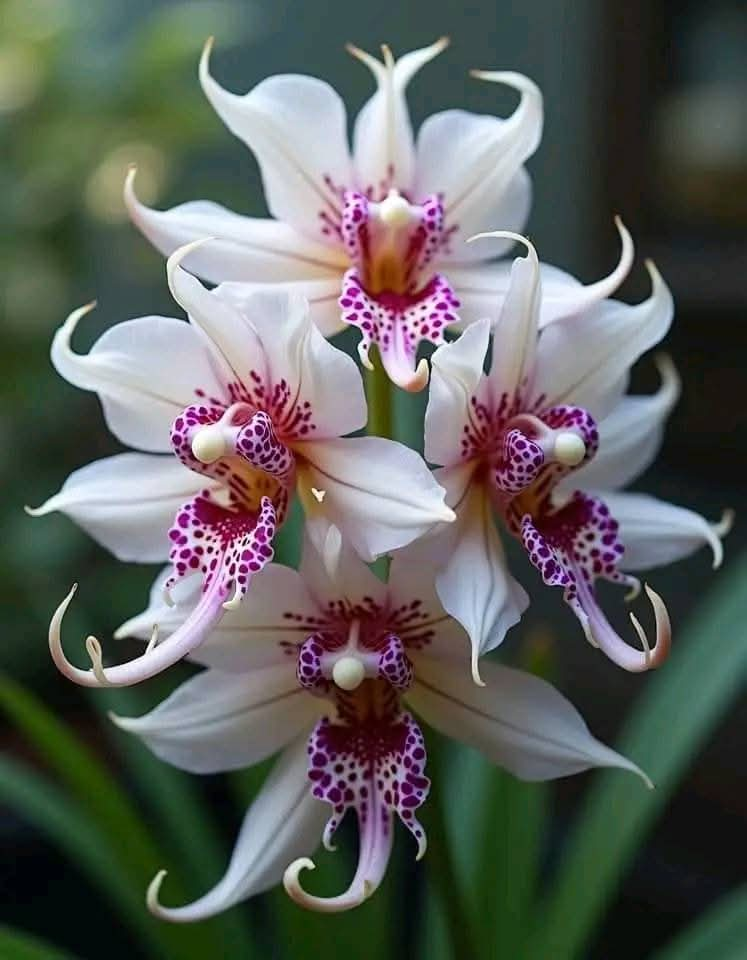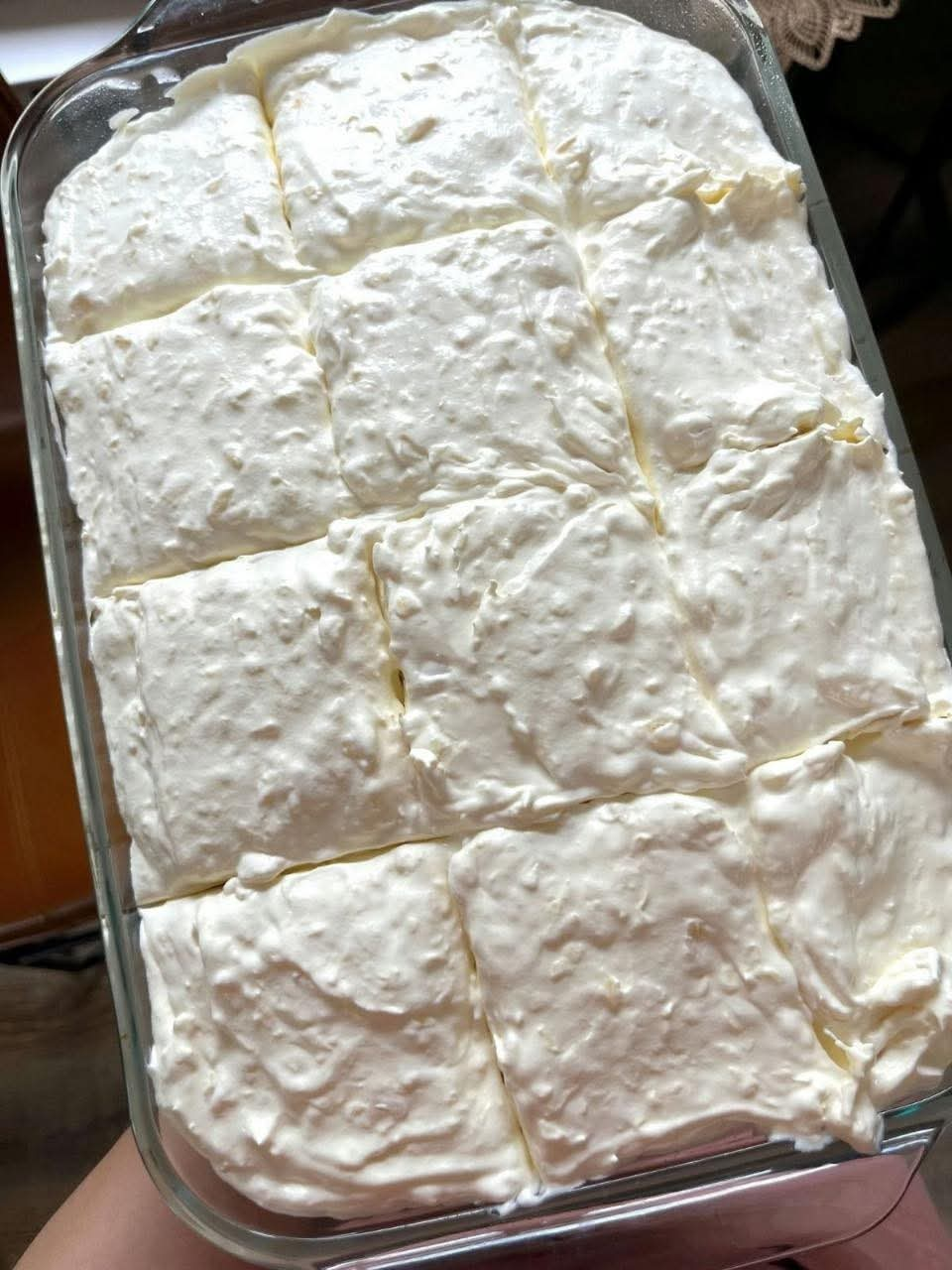The Albino Monkey Orchid, scientifically known as Orchis simia, is one of the most unique and striking plants in the world. Its white, monkey-shaped flowers have earned it a special place in the hearts of orchid enthusiasts and collectors. If you’re fortunate enough to care for this rare beauty, it’s important to provide the right conditions to ensure it thrives. Here are some essential tips for caring for your Albino Monkey Orchid.
Temperature: Keeping It Cool
Monkey orchids have a preference for moderate temperatures, with the ideal range being between 60°F and 85°F (16°C–29°C). These plants are used to the cooler nights of their native environment, so it’s important to replicate those conditions as much as possible. To achieve this, consider moving your plant to a slightly cooler, unheated room during the evening hours. If kept in warmer conditions for too long, the plant may become stressed, leading to drying out and poor growth.
Humidity: The Higher, The Better
Humidity is key to the health of the Albino Monkey Orchid. Native to regions with high humidity, this plant thrives when exposed to at least 80% humidity. In dry environments, the plant may struggle to grow properly. To create the ideal moisture level, you can use a humidifier, or you can mist the plant daily with lukewarm water. If you live in a particularly dry climate, you may want to place the orchid on a humidity tray, which will help to keep the moisture level around the plant consistent.
Light: Moderate, Indirect Sunlight
Monkey orchids are quite particular about their light needs. They require moderately bright, indirect light to thrive. Too much direct sunlight can cause the delicate flowers and leaves to scorch, while insufficient light may result in poor growth and leaf drop. A bright spot near a window with sheer curtains or a place with dappled sunlight is ideal. Avoid placing the plant directly under intense sunlight, as this could damage its leaves and hinder flowering.
Watering: Consistency is Key
Watering the Albino Monkey Orchid requires attention to detail. The plant needs to be watered about every 7–10 days, but it’s important to allow the soil to dry out slightly between waterings. This prevents overwatering, which could lead to root rot. A good practice is to use a container with a drainage hole at the bottom, allowing excess water to escape freely. When you water, be sure to use lukewarm water and pour it gently through the soil, ensuring the roots are adequately hydrated without waterlogging the plant.
Soil: Well-Draining, Alkaline Mix
The Albino Monkey Orchid thrives in well-draining soil that is slightly alkaline. To achieve the right balance, you can use a specialized orchid mix that includes ingredients like bark, perlite, and sphagnum moss, which promote good drainage. If you want to make your own mix, consider adding a small amount of lime or using alkaline water when watering, as this will help maintain the necessary pH level for healthy growth. A well-draining soil mix will also prevent water from sitting around the roots, reducing the risk of rot.
Repotting: Know When to Move
Repotting the Albino Monkey Orchid is an essential part of its care. Generally, you should repot the plant once a year or whenever it has doubled in size. Orchids tend to become root-bound after a few years, so repotting allows the roots to spread out and continue growing. When repotting, choose a pot that’s slightly larger than the current one and ensure it has good drainage. Be sure to gently remove the plant from its pot, trim any dead or damaged roots, and place it in the new container with fresh, well-draining soil.
Pests and Diseases: Keeping It Clean
Monkey orchids are generally resistant to many common orchid diseases, but they can be susceptible to slugs and snails, especially if grown outdoors or in humid conditions. These pests can damage the leaves and flowers, so it’s important to check the plant regularly for any signs of pest activity. If you notice any, remove the pests manually or use a safe, organic pest control solution. By keeping the environment around the plant clean and free from debris, you can reduce the likelihood of infestations.
While Orchis simia is not known for being particularly disease-prone, it’s always a good idea to inspect the plant for any signs of rot or mold. This is more likely to happen if the plant is overwatered or kept in conditions that are too humid or poorly ventilated.
Patience: A Long Blooming Period
The Albino Monkey Orchid has a reputation for being slow to flower. It can take several years—sometimes as long as seven—before the plant produces its first blooms. However, the wait is well worth it, as the flowers are absolutely breathtaking when they finally appear. Once the orchid starts blooming, it can continue to flower for up to 20 years if provided with the proper care. So, while patience is necessary, your efforts will be rewarded with one of the most extraordinary blooms in the orchid world.
Conclusion: A Rare Treasure
The Albino Monkey Orchid (Orchis simia) is a unique and fascinating plant that requires specific care to thrive. By providing the right temperature, humidity, light, and soil conditions, you can create a healthy environment for your orchid to grow and bloom. Though it may take some time for the plant to flower, once it does, it will be a stunning centerpiece in any collection. With patience and attention, this rare and beautiful orchid can bring joy to your home for years to come.
Whether you’re a seasoned orchid enthusiast or a beginner, the Albino Monkey Orchid is a rewarding challenge that will enhance your gardening experience. If you follow these care tips and remain patient, you’ll be rewarded with the striking beauty of this extraordinary flower. Happy growing!
More Articles You Might Like
-
Texas Toast Sloppy Joes: The Crunchy, Cheesy Upgrade You Didn’t Know You Needed
There’s something timeless about sloppy joes. For generations, this saucy, savory, and slightly sweet ground beef sandwich has been a go-to comfort food in American kitchens. It’s quick, filling, and family-friendly—perfect for busy weeknights. But what if we told you there’s a way to take this classic dish up a notch? Enter the Texas Toast…
-
Classic Pig Pickin’ Cake
When it comes to Southern desserts, few sweets shine as brightly as the Classic Pig Pickin’ Cake. This nostalgic cake, sometimes called a “Mandarin Orange Cake,” has roots deep in Southern tradition. It gets its playful name from its frequent appearance at pig pickin’s—Southern-style barbecue gatherings where communities come together to enjoy slow-cooked pork, sides,…
-
Lemon Garlic Butter Chicken with Creamy Parmesan Pasta
There’s something irresistible about the combination of tender, golden-browned chicken paired with a creamy pasta coated in Parmesan cheese. Add the brightness of lemon, the depth of garlic, and the richness of butter, and you have a recipe that feels indulgent yet approachable enough for a weeknight dinner. Lemon Garlic Butter Chicken with Creamy Parmesan…



